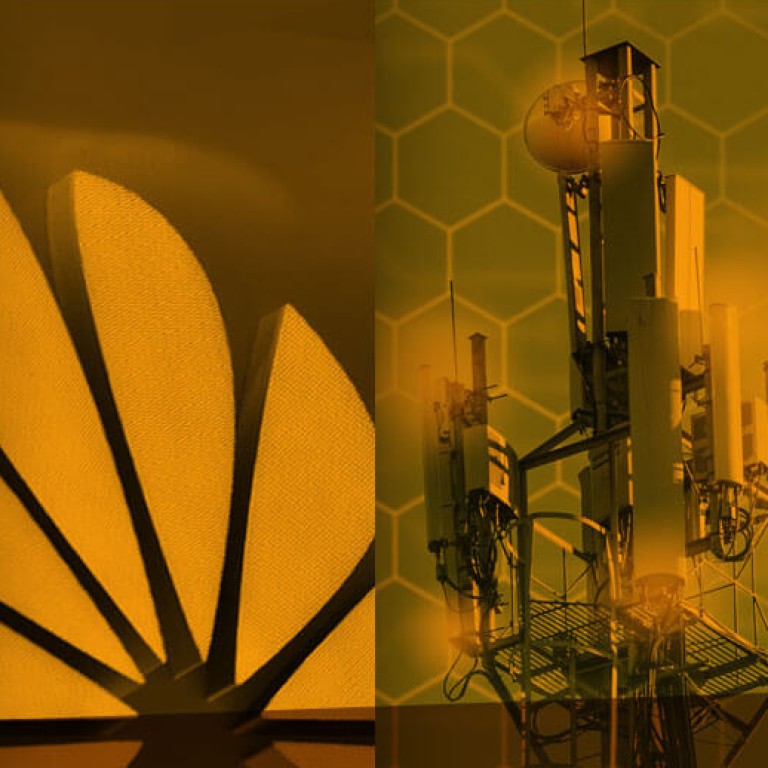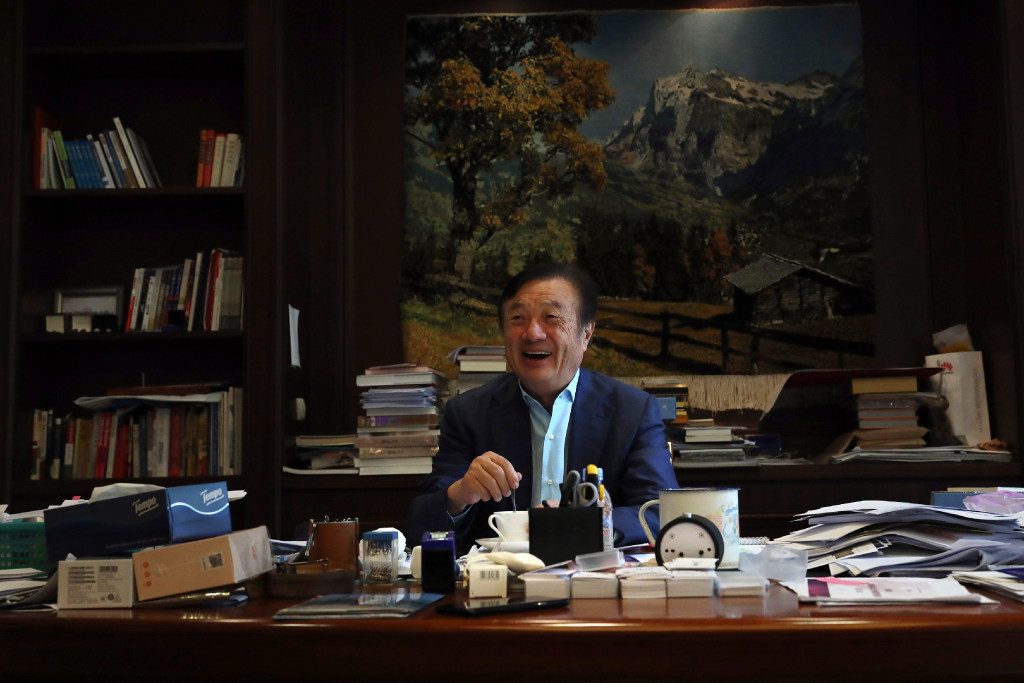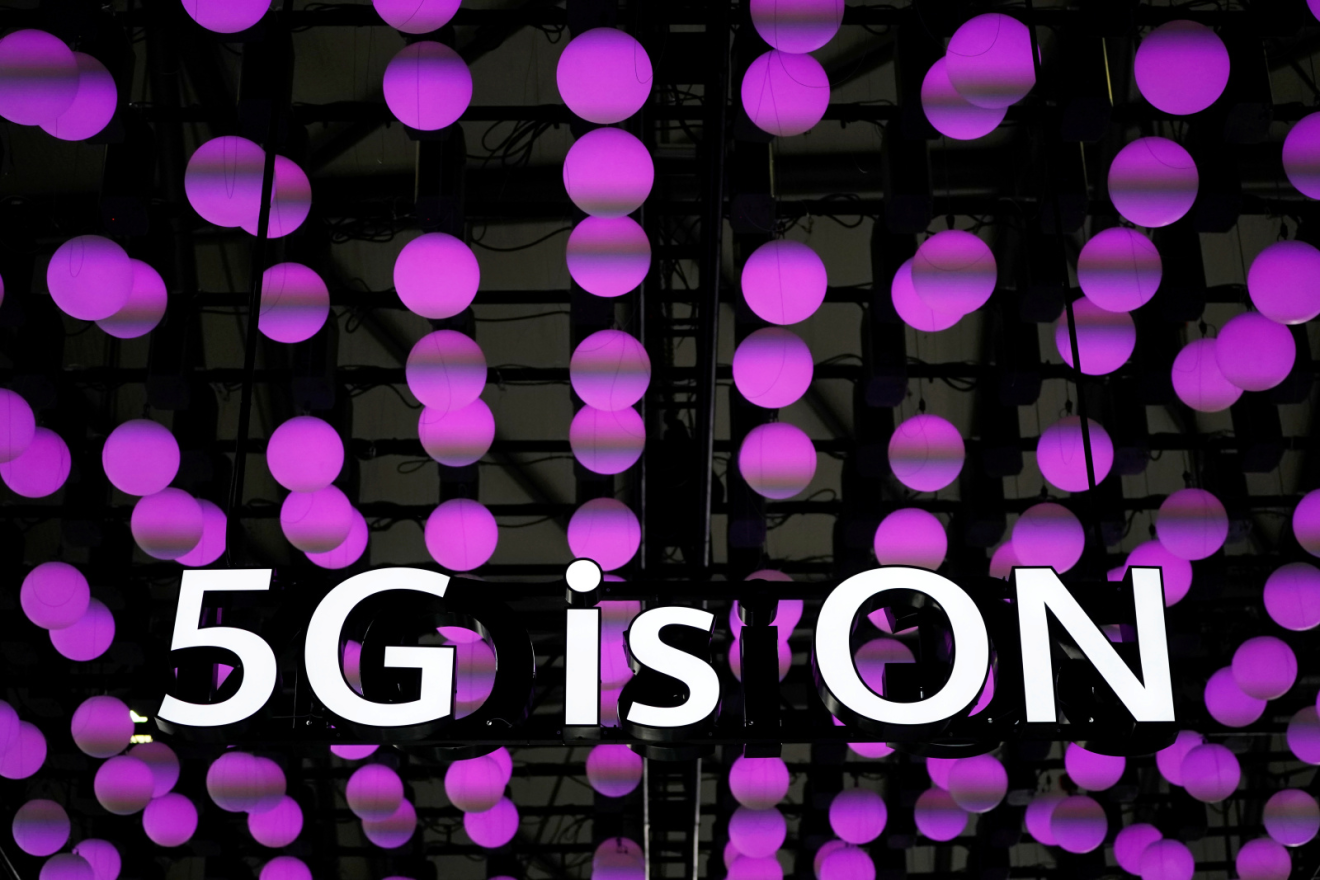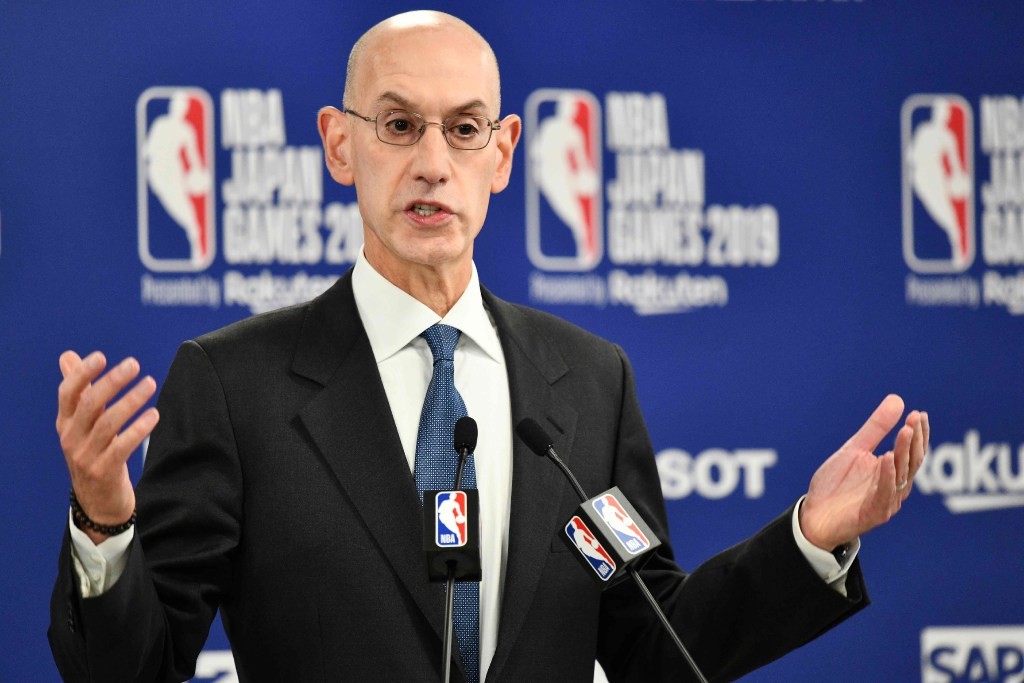Advertisement
Advertisement

Huawei, 5G and censorship export: Our top five China tech stories of 2019
From the US-China tech war to the tech-fueled Hong Kong protests, we look back on the most important events this year
This article originally appeared on ABACUS
The Huawei Saga
2019 wasn't a great year to be a Chinese tech company trying to expand abroad. While several companies have been caught up in the US-China tech war, Huawei was one of the first targets.
Things kicked off in May when the Shenzhen-based telecom equipment maker was blacklisted by the US, keeping American companies from doing business with Huawei. It slowly became apparent that that this could have broad implications for the company outside China. Google could no longer license its apps and services to Huawei, meaning its overseas smartphone business was in trouble. It had seen success in Europe, but ultimately no one wants Android phones without apps like Google Maps, YouTube or the Google Play store. It's something Xiaomi would capitalize on later.

But smartphones are just one part of Huawei's saga this year. The company is the largest producer of 5G equipment, which has raised concerns in the US about espionage and the company's potential ties to the Chinese government (which it has always denied). The US pressured allies to avoid using Huawei to build out their 5G networks. Then in November, the US Federal Communications Commission voted to stop subsidies from going to companies that use gear from Huawei or ZTE, another Shenzhen-based company that's found itself in the US government's crosshairs.
What's next for Huawei? It's hard to tell. Some companies had licenses approved in November to continue to sell to Huawei, but Google doesn't appear to have been one of them. Meanwhile, Huawei has refocused its efforts at home, helping buoy sales. This has led some to wonder how much Huawei needs Western markets. - Matt Haldane
5G rolls out in China
A protracted trade war with the US hasn’t stopped China from pursuing its goal of becoming a 5G world power. The country launched the world's biggest 5G mobile phone network in November, marking the start of a new era of faster internet.

Carrier packages started as low as US$18 a month, which would let you surf the web faster than on 4G, but not nearly as fast as you would with more expensive plans comparable to US prices. Along with the rollout, major Chinese phone makers have launched a slew of 5G-compatible handsets. One from Xiaomi’s spinoff brand Redmi costs just US$285.
Only the biggest Chinese cities have full coverage for now, and some early users have complained that the connection isn’t as fast or cheap as they wanted. Still the country is expected to buy the most 5G phones next year, making up 40% of the world’s 5G users by 2025. - Karen Chiu
Free speech or China money?
Many already know that China tightly controls internet content in the country. But 2019 is the year more people realized that a China with growing economic power and influence wants non-Chinese internet users to play by its rules, too. South Park even dedicated an episode to the issue in October.
That same week, Houston Rockets general manager Daryl Morey found himself at the eye of the storm after he posted an image on Twitter, a platform banned in China, supporting Hong Kong protesters. After initial responses online, Morey promptly deleted the tweet, saying he didn’t intend to offend anyone. But it wasn’t enough to stem an intense backlash from patriotic Chinese netizens. NBA commissioner Adam Silver even said the Chinese government asked the NBA to fire Morey, although the Chinese government denies the claim.

This issue also affected esports when American gaming company Blizzard banned a Hong Kong Hearthstone tournament player for his vocal support for Hong Kong protests in a post-game interview. And fans protesting the move showed up at Blizzcon to show their displeasure.
This is also the year that the world questioned whether the hugely popular Chinese-made TikTok subjects its international users to China’s censorship standards, which TikTok denies. Apple also came under fire after it removed a map app people use to see where protesters and police are located during the Hong Kong protests. - Xinmei Shen
Tech in the Hong Kong protests
The Hong Kong protests are one of the world’s biggest events of the year, and it’s also been a highly tech-fueled social movement. Aside from masks, protesters used Telegram to hide identities while the massive rallies were streamed on Twitch, a platform usually reserved for gaming. Protesters also turned to other apps to help organize the movement, and at least one high-profile app was removed from the iOS App Store by Apple, to much opprobrium.

Some of the more creative ways protesters got their message out included using Tinder, Pokémon Go and Apple’s AirDrop. But conversations about the events were largely censored in China, meaning things looked very different on the other side of the Great Firewall. Despite that, some Chinese netizens found ways of getting around the censorship, while nationalists hopped the firewall to argue with protest supporters.
The story of China’s Great Firewall, the world’s most sophisticated censorship system
The protest also inspired game makers, with one game letting people play as a Hong Kong protester dodging rubber bullets. People opposed to the protests in mainland China eventually got their own game, too, allowing players to beat pro-democracy activists with a sandal or bat. The protests spilled into gaming in other ways when Blizzard banned an esports player for wearing a gas mask.
On the darker side, street violence eventually led to protesters attacking stores of Chinese tech companies like Huawei and Xiaomi. And a growing fear of digital surveillance resulted in protesters declaring war on street cameras and smart lamp posts. Then attacks spread online, with doxxing attacks became rampant. Chinese border agents were also found checking the smartphones of Hong Kong visitors. - Masha Borak
Web’s biggest pop culture beloved in China
2019 has been a huge year for pop culture, with the US, Avengers: Endgame and Game of Thrones taking China by storm. Avengers: Endgame raked in more than US$614 million at the box office in China, making it the country’s highest-grossing foreign film. It also helped Avengers top Titanic and Avatar to become the highest-grossing film ever.
The Avengers franchise is so beloved in China that a Chinese woman was hospitalized after howling uncontrollably at the premiere. Following the premiere, discussions about America’s ass and other scenes in the movie were trending for weeks on Chinese social media.

The final season of Game of Thrones also got a lot of attention on social media, albeit mostly harsh criticism aimed at the showmakers. Memes of China’s most iconic monk urging Daenerys to let go of her rage were widely circulated. - Josh Ye
For more insights into China tech, sign up for our tech newsletters, subscribe to our award-winning Inside China Tech podcast, and download the comprehensive 2019 China Internet Report. Also roam China Tech City, an award-winning interactive digital map at our sister site Abacus.

Post




